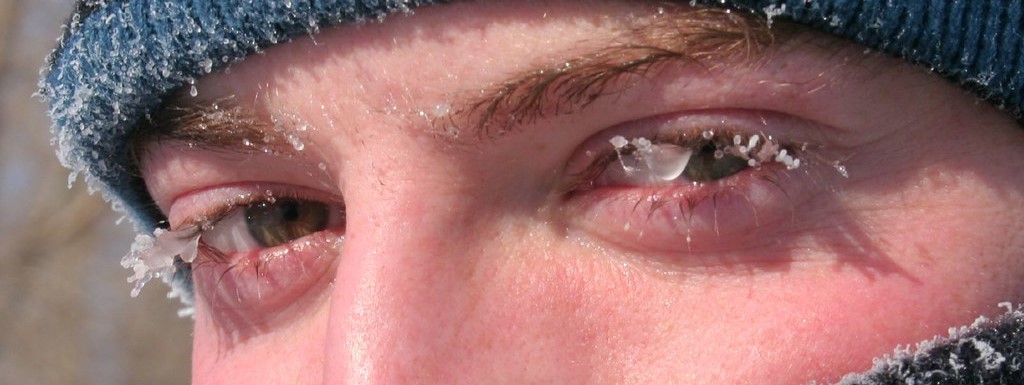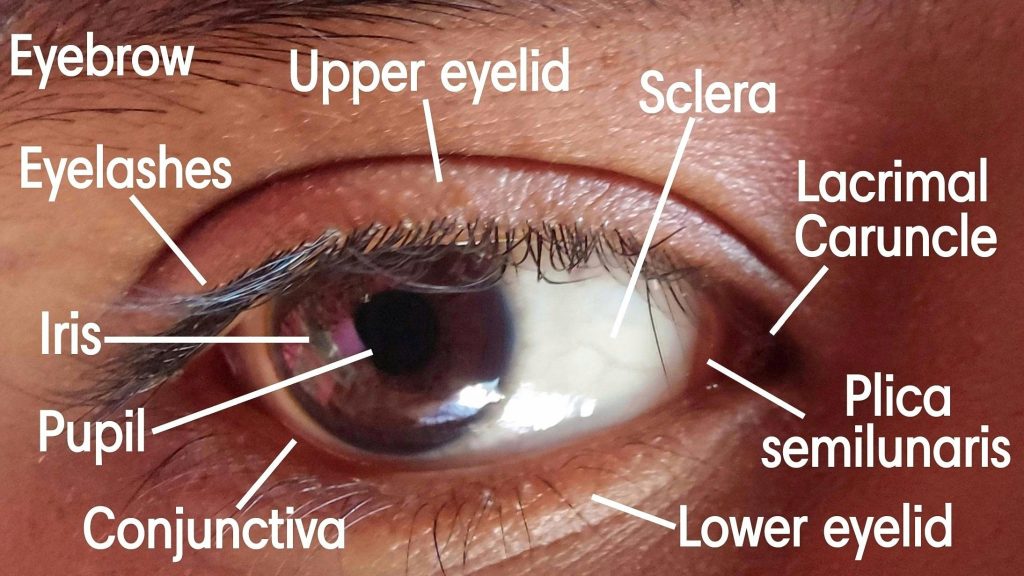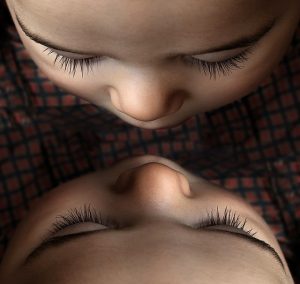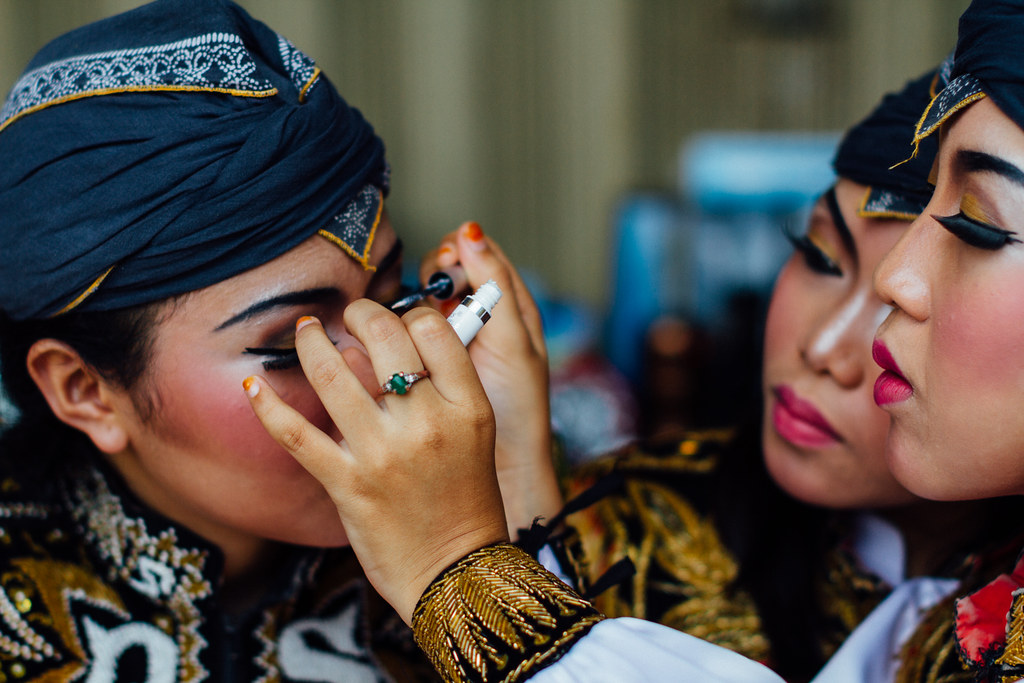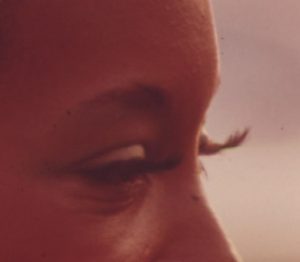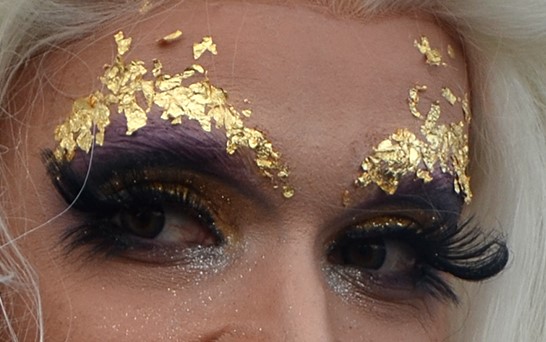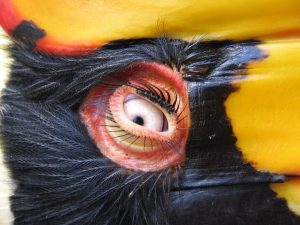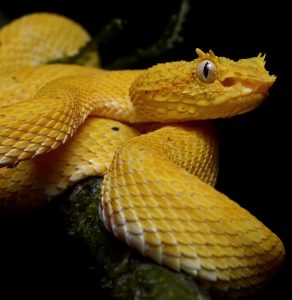Why eyelashes? Why not? They’re more interesting than you might think. For one thing, they are functional. Eyelashes protect the eye from dust or other debris. They are very sensitive to touch, and may close reflexively if an insect or whatever is too close. In addition, they contain sebaceous glands at the base that lubricates and protect from dryness and irritation. Babies are born with eyelashes.
Eyelash Information
The lifespan of an average eyelash is three to five months, compared to the rest of your hair, which lasts two to four years.
For all that they look fine, lashes are the thickest hair on the human body—which I find hard to believe, but whatever.
Most people have 150-250 individual lashes on the top of the eyelid and between 50-100 on the lower lid. They grow in uneven rows, 5 to 6 on top and 3 to 5 on the bottom. Just like head hair, eyelashes naturally fall out and replace themselves in a natural cycle every six to 10 weeks, so it’s totally normal to lose between one and five lashes each day. The older people are, the slower the growth process becomes. This is how/why lashes start to thin out.
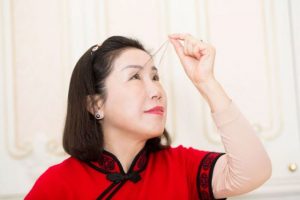
In addition, aging and menopause are considered to be leading factors that cause shorter eyelashes due to certain hormonal imbalances that affect the growth cycle of hair follicles. Other factors include stress, lack of sleep, and allergic reactions to medications.
In high school, I knew a girl whose lashes were so long that they brushed the lenses of her glasses. According to the Guinness Book of Records, the longest eyelash measured 20.5 cm (8.0 in) long, grown on You Jianxia’s (China) left upper lid.
The lashes on the top eyelid are usually between 7-13mm in length while the lashes on the bottom usually never grow longer than 7mm. The average length of the normal lashes is 10mm-12mm The researchers, led by Farid Pazhoohi of the University of British Columbia in Canada, estimate that the optimal eyelash length for women is about one-quarter to one-third of the width of one’s eye. The optimal eyelash length for men is a bit less, about one-fifth of the width of one’s eye.
Ethnicity does not have an impact on eyelash length. However, Asian people and those of Spanish and Eastern European descent commonly have straight lashes while others have curlier lashes.
Ideal Eyelashes
Does eyelash length really matter? It depends on who you ask. According to ancient Chinese face reading tradition, long lashes are for the sensitive and imaginative. Long lashes indicate more fire chi presence and it means that people who have them are extra sensitive.
Pliny the Elder, a Roman scholar born 79BCE, claimed that long eyelashes were a sign of purity and chastity. He claimed, “Eyelashes fell out from excessive sex, and so it was especially important for women to keep their eyelashes long to prove their chastity.”
People have been darkening their eyelashes with soot, kohl, berry juice, oil, ink, or lead for millennia. The Algerian town of Mascara produced great quantities of antimony, which the locals applied to their lashes for beautification as well as to provide protection from trachoma and eye diseases. Ancient Egyptians combined galena, malachite, soot, crocodile dung, and honey to create the kohl they used to darken their eyelids and lashes.
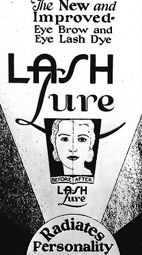
In 1933, Lash Lure promised consumers that a “new and improved mascara will give you a radiating personality, with a before and after.” Unfortunately, the permanent eyelash and brow dye contained para-phenylenediamine, which caused dermatitis, conjunctival edema, keratitis, corneal ulceration, and necrosis. The damage permanently blinded fifteen women and killed one.
Eyelash extensions have been a fashion trend for more time than most people think. The desire to have luscious lashes has transformed dramatically since their beginning in 3500 B.C. While the reasons to have long eyelashes were more symbolic back then, today, they are an indication of beauty.
According to an article in the Dundee Courier in 1899, fashionable women in Paris could have hair from their own heads sewn “through the extreme edges of the eyelid between the epidermis and the lower border of the cartilage of the tragus.” Doctors would rub the patient’s eyelids with a solution of cocaine before taking a needle to them, so I’m sure it didn’t hurt a bit!

The darkness of eyelashes is related to (natural) hair color.
For all that eyelashes are functional, we often associate them with beauty, the ideal being long, curved, and dark. There are actually eyelash salons! Who knew? (Not me, obviously.)

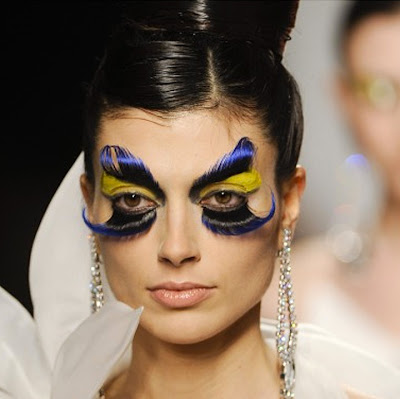
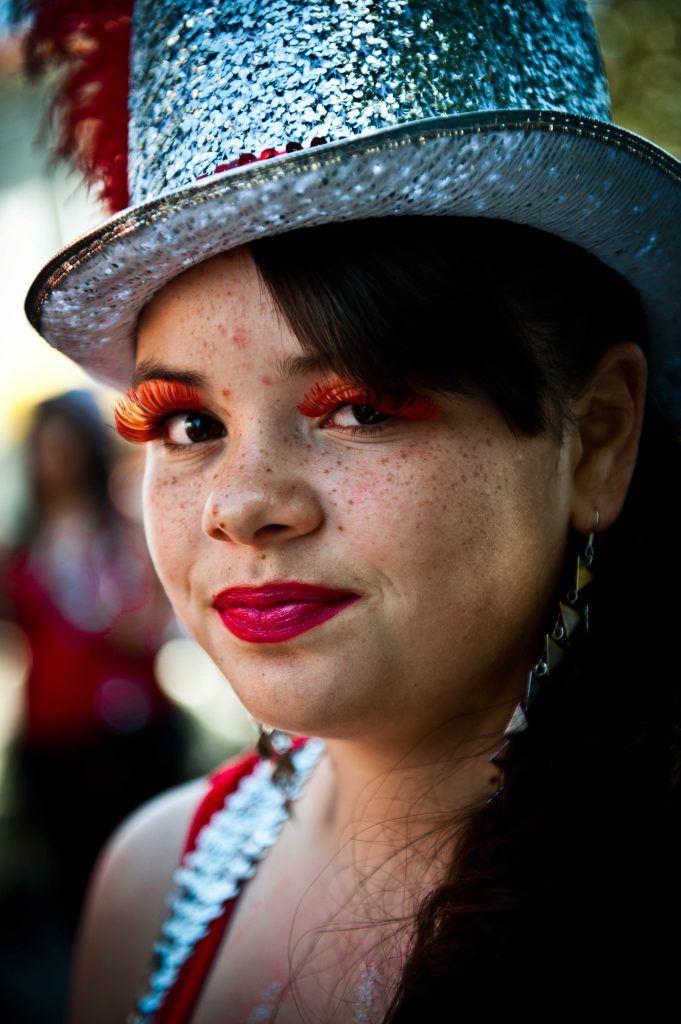
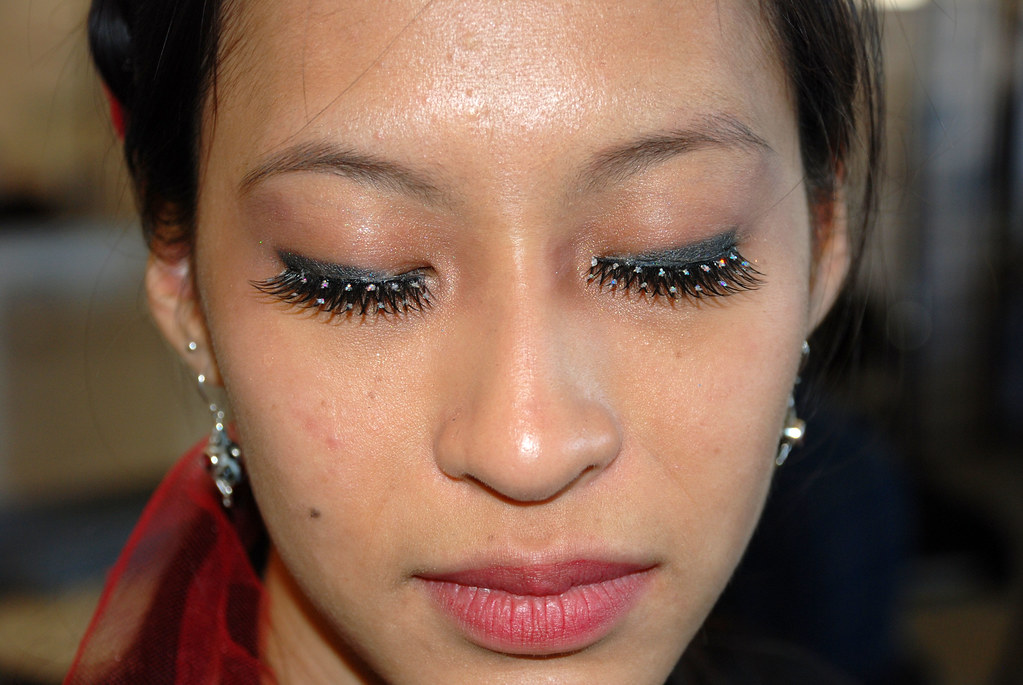
False eyelashes? One can get single lashes or strips. And fake lashes can be anything from mink to velour to real human hair.
A surprising number of people make and wear false eyelashes cut from paper. They design intricate patterns in strips of thick, waxy paper and attach them to their lids, just like false lashes made from hair or feathers.
Gorgeous as they can be, fake eyelashes may cause temporary or even permanent loss of one’s natural eyelashes. Taking the fakes off can break natural lashes, and possibly damage the hair follicle, causing lash regrowth to fail.
Problem Eyelashes
There are a number of diseases or disorders involving the eyelashes:
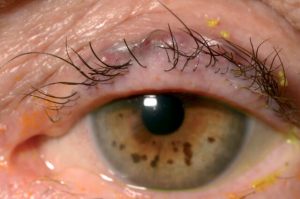
- Madarosis is the loss of eyelashes.
- Blepharitis is the irritation of the lid margin, where eyelashes join the eyelid. The eyelids are red and itching, the skin often becomes flaky, and the lashes may fall out.
- Distichiasis is the abnormal growth of lashes from certain areas of the eyelid.
- Trichiasis refers to ingrown eyelashes.
- Eyelashes may become infested with parasitic crab louse.
- An external hordeolum, or stye, is a purulent inflammation of infected eyelash follicles and surrounding sebaceous (Gland of Zeis) and apocrine (Moll’s gland) glands of the lid margin.
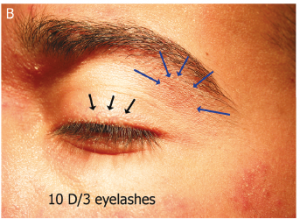
- Trichotillomania is a disorder that urges the sufferer to pull out scalp hair, brows, lashes, etc.
- Demodex folliculorum (or the demodicid) is a small mite that lives harmlessly in eyelash and other hair follicles, and about 20% of people have these mites living on them. Occasionally they may cause blepharitis.
Eyelash and eyebrow transplant surgeries may help to reconstruct or thicken lashes or eyebrow hair.
On the stranger side, the Catholic Church in the Middle Ages linked the exposure of any hair (including eyelashes) to having an excessively erotic disposition. To demonstrate their modesty, Medieval women covered their hair and plucked their brows and lashes.
Animal Kingdom Eyelashes
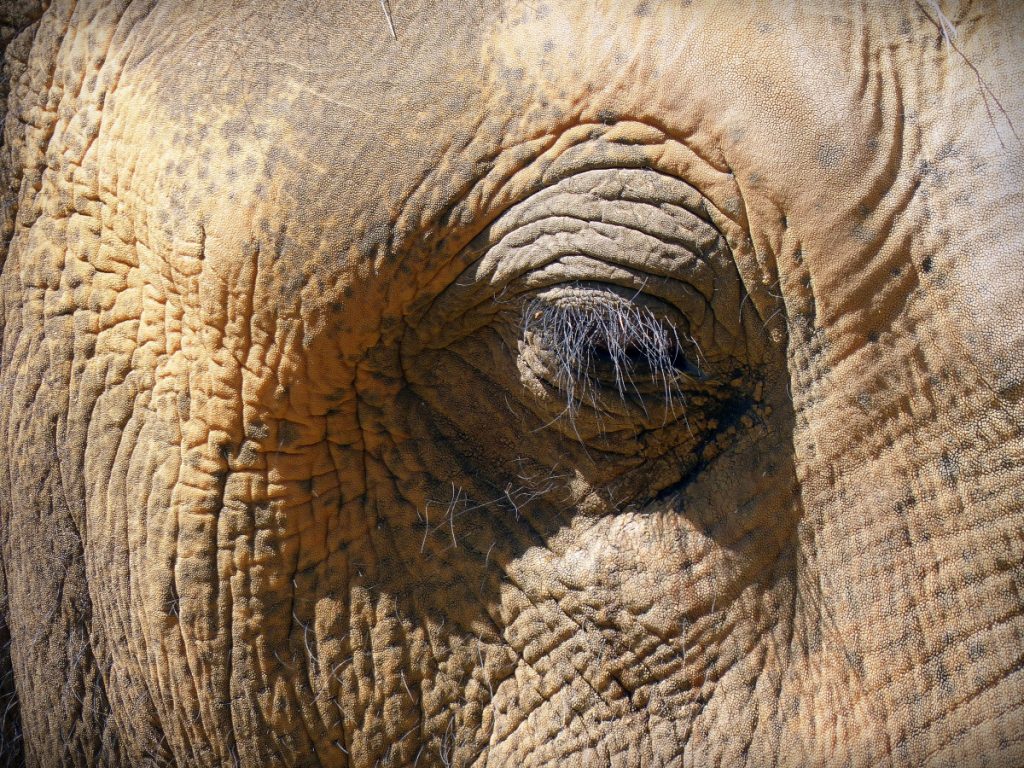
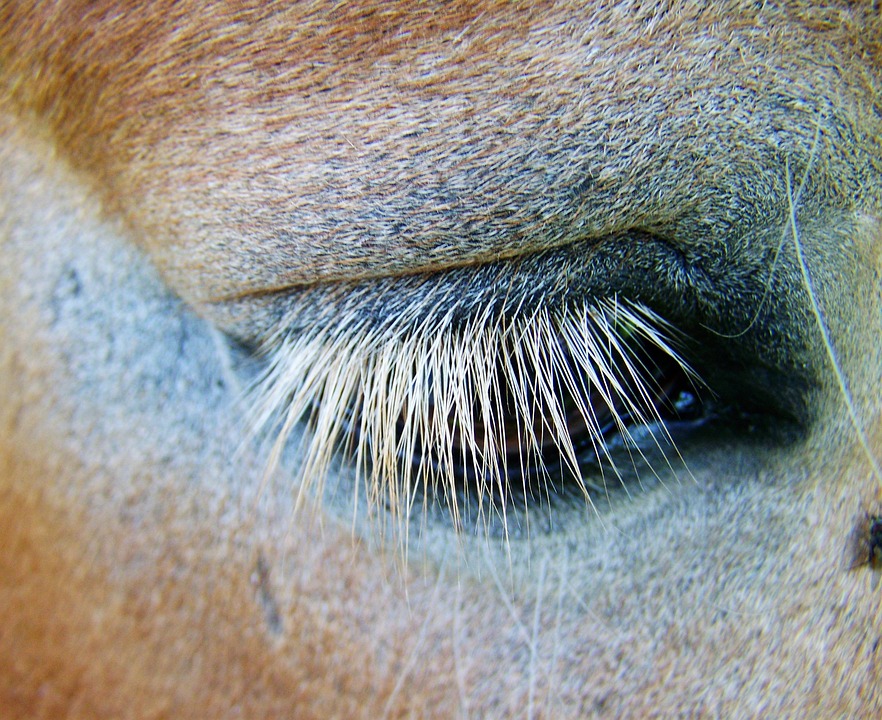
People share eyelashes with other animals. Lashes, being hair, are found in all mammals except the aquatic ones (dolphins and whales).
- Classically long and elegant, elephant lashes have been making history since the days of the woolly mammoth.
- Camels‘ lashes are remarkably long and thick.
- Horses and cows feature lashes as well, as do dogs cats, and mice.
- Lashes differ in length and density depending on where the animal lives
- Inherited eyelash problems are common in some breeds of dogs as well as horses.
Eyelashes are an uncommon but not unknown feature in birds. Hornbills have prominent lashes (vestigial feathers with no barbs), as do ostriches. Among reptiles, only Eyelash vipers show a set of modified scales over the eyes which look much like eyelashes.
As best I can determine, the function of eyelashes for animals is the same as for humans: protection. For animals that live in dusty areas, their lashes stop them getting specks of dust in their eyes. This is why camels, kangaroos, elephants, and giraffes have several rows of long eyelashes, not just one row.
Bottom line: There’s more to eyelashes than meets the eye!
